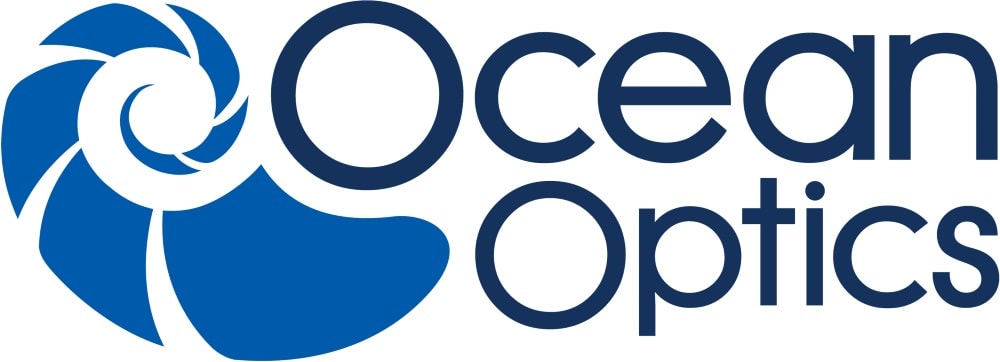Introduction
Given enough incident intensity, any laser wavelength can be used to stimulate the Raman effect. In this technical tip, we explain how some excitation wavelengths produce better measurement results, especially for certain sample types.
Raman spectroscopy has become a powerful tool for the analysis of materials – in the field, in the lab, and even in clinical settings. The ability to measure spectral fingerprints and compare them to a library of known substances allows identification of pharmaceutical ingredients at the loading dock and explosive materials in the field. In clinical applications, statistical analysis of Raman spectra enables detection of changes in genetic material, proteins and lipids, allowing its use to discriminate between healthy and unhealthy tissue or to detect changes at the cellular level.

Raman spectroscopy uses nonelastic scattering of laser light from a molecule to probe its molecular structure. Of every million photons bombarding the sample, one lone photon either gains or loses a small amount of energy, corresponding to a vibrational transition within the sample. As this happens again and again, a molecular fingerprint of the sample is gradually built up – one that can rival an FTIR spectrum, yet without the inconvenience of elaborate sample preparation or water interference. Even better, since the incident laser light is not being directly absorbed, it does not require a specific excitation laser. At least in theory…





